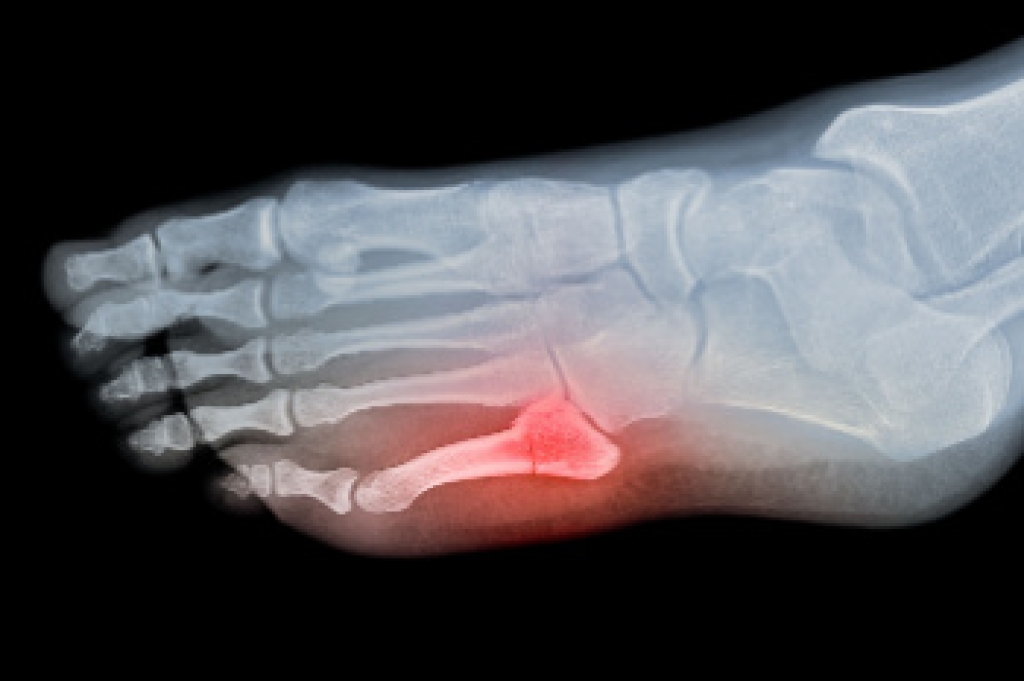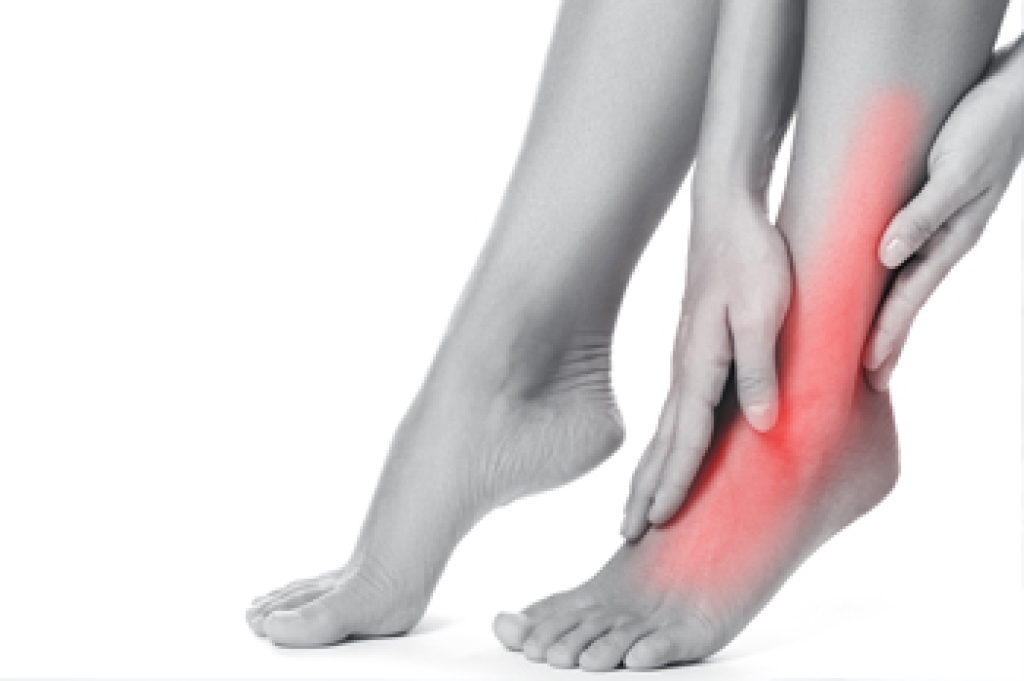
A toe fracture can result from direct trauma or repetitive stress and often presents with noticeable symptoms. Common signs include a bent toe positioned at an abnormal angle, pain when walking, swelling, bruising, and an inability to put weight on the affected toe. Diagnosis typically involves a physical examination and imaging to confirm the break. Treatment may include rest, elevation, and the use of buddy tape to stabilize the injured toe. A chiropodist can provide a thorough assessment, guide recovery, and ensure proper healing to prevent long-term complications. If you or your child has sustained a toe fracture, it is suggested that you seek professional care from a chiropodist who can accurately diagnose and effectively treat a broken toe.
A broken toe typically occurs following either a sudden, traumatic injury, like dropping a heavy piece of furniture on the toe. The impact causes the bone to fracture and produces a variety of painful symptoms. If you suspect that you’ve broken your toe, please consult with one of the chiropodists from The Footcare Centre. Our chiropodists can help you maintain the health of your lower limbs and your mobility.
Symptoms
- Throbbing pain
- Swelling
- Bruising
- Cracking sound at the time of injury
- Difficulty bearing weight on the toe
- Difficulty walking
- Toe resting at an unnatural angle
Diagnosis
Your chiropodist can diagnose a broken toe through physical examination and imaging studies, such as X-rays.
Treatment
The main goals of treatment are to ensure that the bone heals properly, as a toe fracture that doesn’t heal properly can lead to osteoarthritis. You will typically need to rest the affected toe. You may be prescribed a splint to immobilize the toe while it heals. Icing the affected toe and taking over-the-counter medications can help reduce pain. In cases of severe fractures, surgery may be necessary to reset the broken bones and make sure that they heal correctly.
If you have any questions please feel free to contact our office located in Niagara Falls, ON .




